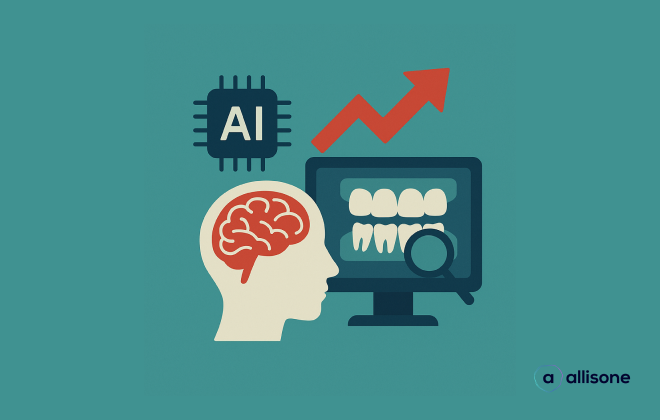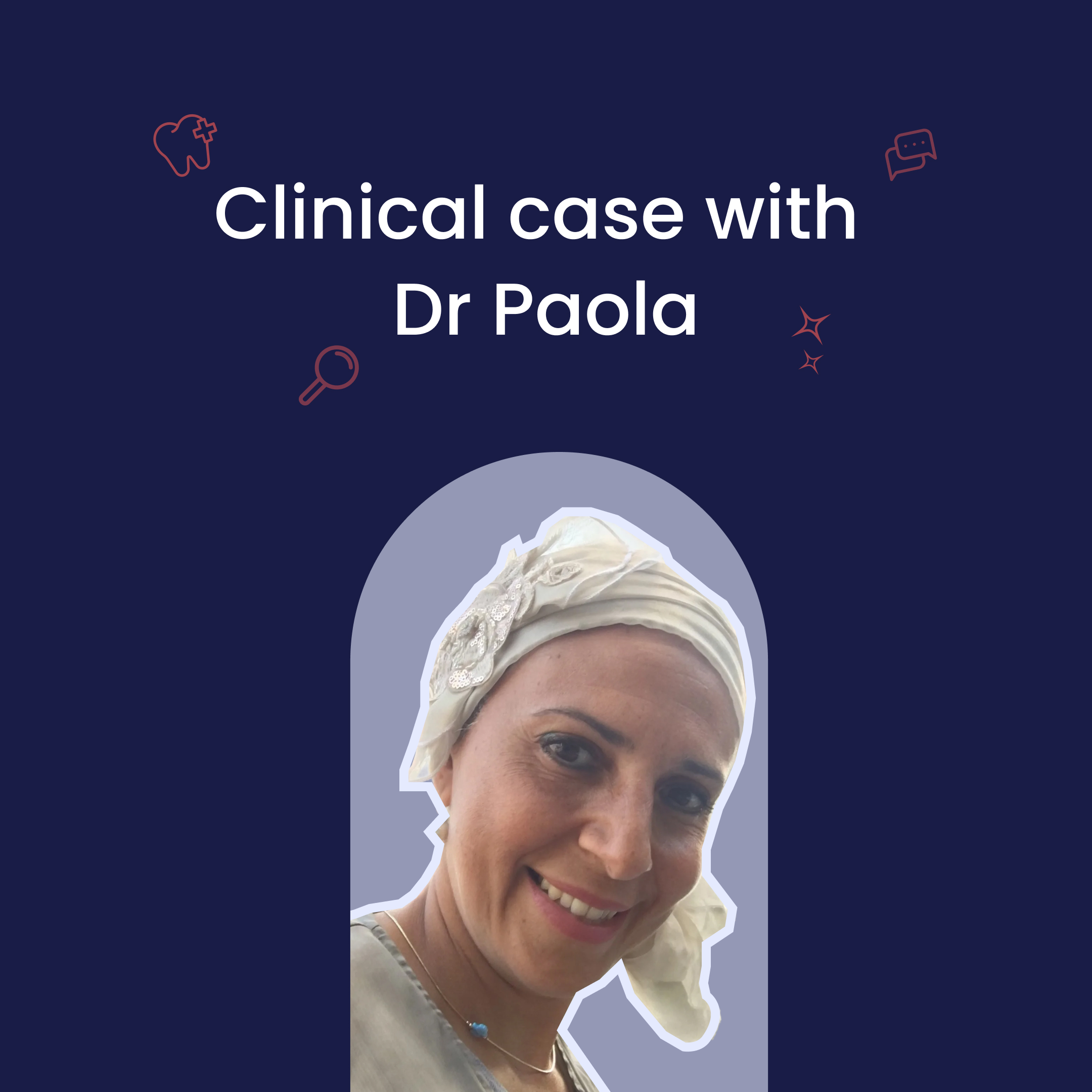
What is Artificial Intelligence?
The best definition of Artificial Intelligence (AI) is probably the one given by one of its founders, Marvin Lee Minsky
At the base of AI are decision or decision support algorithms that are fed by massive data collection, the big data.
In practice, and particularly in medicine, it is not a question of substituting the machine for man. AI is there to support medical practice in order to make it more efficient and more accessible. The key is to improve patient care and make it more comfortable for practitioners.
AI applications in the dental field
AI in medicine in general and in dentistry in particular is developing particularly rapidly in China and the United States, but some solutions are already operational in France.
One of the most common applications today is the use of digital cameras to take dental impressions, which are significantly more accurate than traditional impression taking.
AI in diagnostic assistance
Artificial Intelligence is also particularly efficient in helping with diagnosis: the programs allow for particularly fine and rapid analysis and interpretation of complementary examinations such as X-rays. While the interpretation of images requires a great deal of human experience, AI compares and evaluates millions of images in a few moments. An experiment conducted by one of the AI experts, Jaroslav Blaha, showed that a group of dentists only detected 50% of the dental caries cases detected by the AI on X-rays.
AI also shows promise in identifying the risk of developing oral cancers, including at an early stage. Oral lesions take many forms, making their diagnosis often difficult for clinicians. However, it is known that a delay in diagnosis can be particularly serious when these lesions are likely to develop into cancer. A clinical study on this application should begin at the end of 2021 at the Odontology Unit of the Hospices Civils de Lyon and last two years.
Already, AI can effectively classify patients as chronic or aggressive periodontitis, based on their previous and current immune profile. The key is to rationalize treatments based on a more precise diagnosis that practitioners can rely on.
In orthodontics, too, AI is showing particular promise: genetic algorithms under development will, for example, soon be able to predict the size of non-erect teeth, improving diagnosis, treatment and follow-up. 3D scans combined with AI are already very useful for assessing dental and craniofacial anomalies. In addition to personalizing the therapeutic approach, this technology allows the precision of devices such as aligners.
AI to simplify emergency and time management
AI is already helping doctors monitor their oral health status. The deployment of AI-assisted teleconsultation and self-diagnosis solutions has accelerated with the Covid-19 pandemic: with a simple smartphone, a patient can photograph his or her oral sphere. The pictures are then scanned by an application that is then able to identify possible dental problems and gum disease. For the patient, the tool is both an incentive to become aware of his or her condition and an aid to better control oral health. For the dental practitioner who receives these analyses, the application makes it easier to sort and manage emergencies.
In general, AI is a valuable tool for improving time management. Supported by its accurate data interpretation capabilities, the practitioner can focus more on the exchanges with his patient, on the development of the treatment and on its follow-up. The patient-dentist relationship and consequently the therapeutic compliance are significantly improved. Yields are increasing. In the long run, AI allows to reduce the costs and delays of dental care, which thus becomes accessible to a larger number of people.
The challenges of artificial intelligence in dentistry
While the development of AI-based applications is particularly promising in dentistry, it still needs to overcome several hurdles to be fully deployed.
The first is the availability of data, which is still limited. Due to data protection issues on the one hand and organizational barriers on the other, medical and dental data are not as available as other data. Moreover, the information related to each patient is complex, multidimensional and sensitive. And the options for triangulating or validating it are still limited.
Another obstacle to this data collection is the sampling which leads to a selection bias: hospital data refer to patients who are "too sick". Those collected by telephone are linked to patients who are "too healthy" or "too well off" to be considered representative of the general population.
Regulating the ethical risks associated with the use of AI
There are also practical issues to be resolved around the value and usefulness of these artificial intelligence solutions, as well as issues of liability. The problem is not so much the technology itself, but rather the way in which the associated ethical risks are regulated, or not. To overcome this obstacle, the information provided to the patient must be broadened: the professional will have to inform him/her when his/her treatment proposal is based on a recommendation from the artificial intelligence.
Creating a tandem between man and machine
Another key to the development of AI in the field of dentistry is the establishment of innovative interprofessional coordination between clinicians, researchers and engineers. If the programmer has to design a model to serve human cognition (and not its substitute), it is up to the practitioner to decide on the tandem he wishes to form with the new technologies to improve his practice.
The introduction of clinical AI solutions must also be supported by training students in these tools and professionals throughout their careers. The practice of the future must be equipped with high-end computers, capable of handling the colossal computing power to use AI efficiently. New professions are being created today: digital prosthetists or radiology manipulators are able to help in the management of digital data and must become the practitioners' partners.
Articles en lien
Lorem ipsum dolor sit amet, consectetur adipiscing elit.

Comment l’intelligence artificielle optimise le diagnostic médical et la compréhension patients

L'avenir des cabinets dentaires : intelligence artificielle et gestion connectée au service des praticiens






